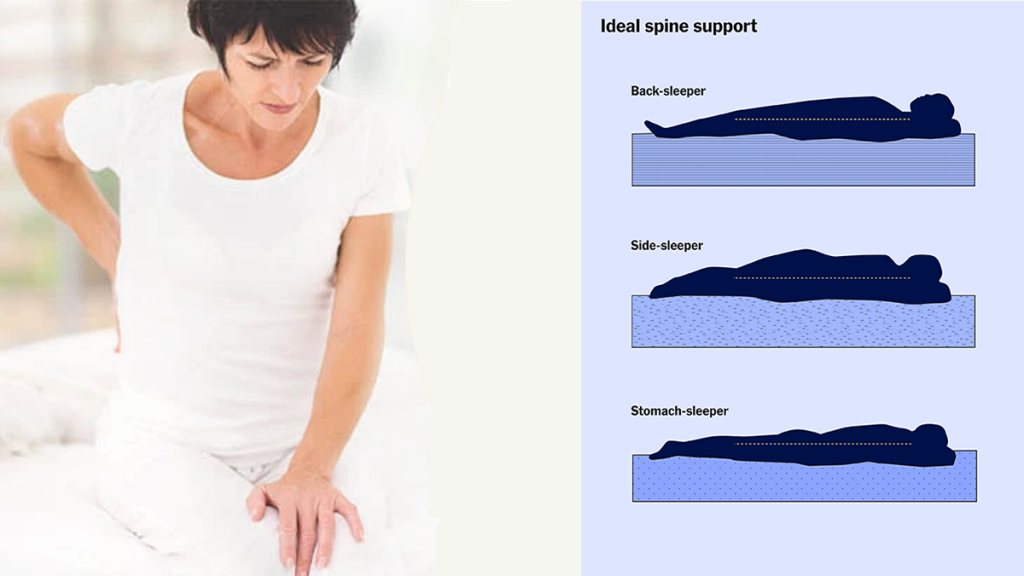Sleep Talk Blog, Product Help, Bed and Mattress Guides
Does The Base Of A Bed Make A Difference? Find out more here.
Does The Base Of A Bed Make A Difference?
Many online articles claim that a bed's base affects a mattress's performance, but this is only true in some cases.
You won’t get a stormy night’s sleep if you have a solid or slatted base, although there are situations where one is better than the other.
For example, a sprung divan base enhances the springiness of a sprung mattress and the squishiness of a memory foam mattress. In contrast, solid and slatted bases offer similar, sometimes indistinguishable, feels.
The Truth
Of course, a broken or worn bed base will affect mattress performance because it won’t provide adequate support for weight distribution.
But a high-quality bed base - be it solid or slatted - makes no difference to overall comfort, providing the mattress is relatively thick.
When a mattress is over 25cm thick, the base of a bed makes no perceptible difference to the feel of the mattress. You cannot tell the difference. Solid and slatted bases provide a thick mattress with the same feel and performance.
Sprung bases are a different kettle of fish, delivering a soft, springy feel that enhances the qualities of mattresses of all types.
When to get a slatted base

A slatted base is best for mattresses under 25cm. Thinner mattresses are best with a slatted bed base because the slats reduce the contact surface area of the mattress, making it more squishy and pliable than a solid base.
For example, pure foam mattresses are typically 15cm to 20cm thick and are always best with a slatted base. A solid base with a thinner mattress reduces mattress flexibility, making the mattress feel like it is on a hard floor.
Slats make a bed lighter, but they can also move around, which can be annoying. They can also break, and they are not always replaceable.
When to get a solid base
There is no specific reason to choose a solid bed base - the most important thing is that solid bases only work well with mattresses over 25cm thick.
If you find a bed with a solid base and you have a thick mattress, by all means, go for it without worrying about missing out on slats.
With a solid base, you don’t need to worry about slats moving around or breaking, but solid base beds tend to be heavier.
When to get a sprung base
Sprung bases deliver a softer sleeping surface and enhance a mattress's qualities, but they are also much more expensive.
They are only available with divan bed frames and are considered a luxury option. The springs act as an additional support layer.
The benefit of a sprung base is you won’t experience the bed’s natural rigidity, although you are unlikely to experience it anyway with a thick mattress.
What if my bed base is broken?
If your mattress dips when you are in bed, your bed base may be broken. The base should be strong and not play when you stand on it.
Spending a lot of money on a mattress is pointless if your bed base is broken. One broken slat or a wonky solid case will ruin the platform for your mattress.
The simplest solution is to replace your bed with a new one. For ideas, check out our range of divans, ottomans, and standard bed frames.
What about mesh bed bases?
Mesh bed bases are built into metal bed frames as a lightweight solution. Because the metal is rigid, it mimics the performance of a solid bed base, although gaps in the mesh relieve the mattress when you lay on it.
Mesh bed bases have metal crossbars for support. They work well with all types of mattresses, thin or thick, although they are most commonly paired with mattresses under 20cm as a cheap and cheerful sleeping solution.


